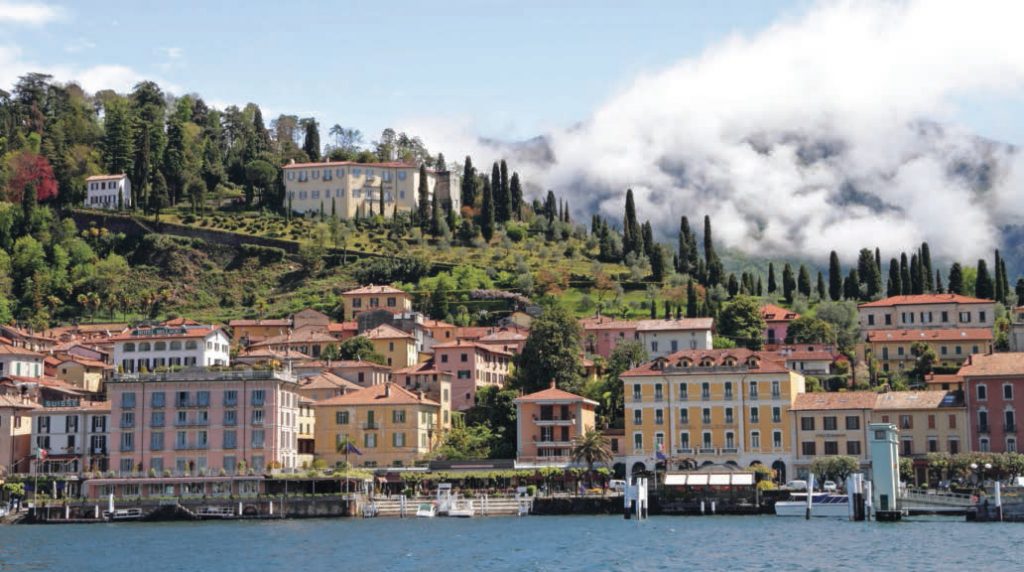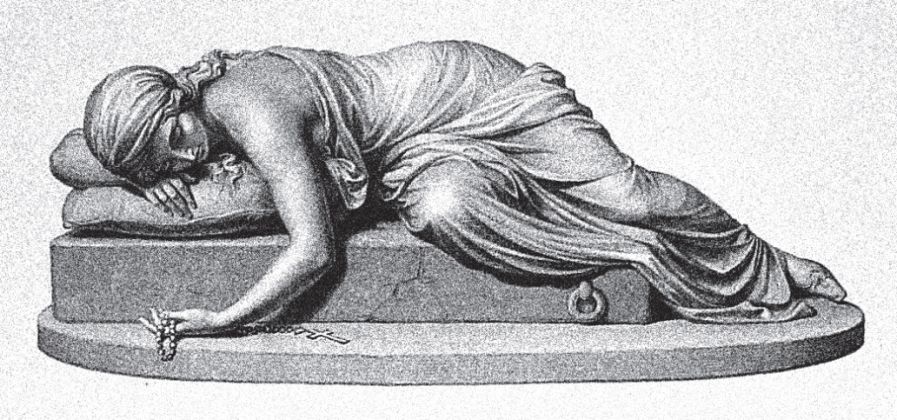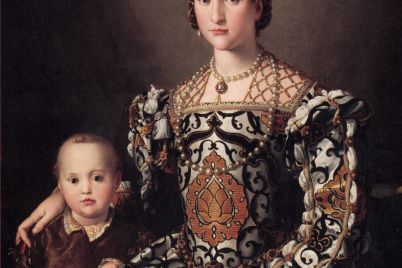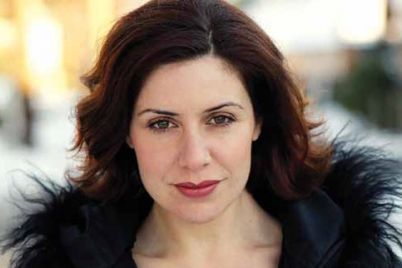At Queen’s University in Kingston, Ontario, as I set to studying for my comprehensive examination in English literature in the spring of 1992, I did enjoy imbibing and absorbing Chaucer, Shakespeare, Milton, Burns, and Blake, and all the other time-tested immortals of the British canon. But it was the poet Shelley who electrified me, particularly his drama, The Cenci, which was published in Rome, in English, in 1819.
Shelley was a Romantic poet, committed – at least in the abstract – to liberty, equality, and fraternity. His poetry and plays are full of fairies and sprites and mythological beings, all angelic and ethereal. To make the point: We all want freedom – and love. Yes!
But The Cenci is not typical Shelley. The play is full of blood, mud, guts, and gore: A monstrous father rapes his daughter; she, in turn, arranges for his bloody murder. Eventually, the deed is discovered and the girl, her stepmother, and one of her brothers are tortured and brutally executed in Rome on the cusp of the seventeenth century. Not only is the play miraculously “concrete” in its detailed, film-noir-style, and Gothic nastiness; it is, as I soon learned, also anchored in the true-life crimes and deaths of the noble Cenci Family. The true-life Francesco Cenci was murdered by his daughter’s lover Olimpio with the assistance of a wandering troubadour-poet named Marzio. Two years later, all were dead, with Beatrice Cenci, her brother Giacomo, and her stepmother Lucrezia, all beheaded before a Roman mob on September 11, 1599.
As soon as I read Shelley’s treatment, which depends very much on the spurious allegation of incestuous rape (in actual fact, Beatrice, unmarried and impregnated by Olimpio, decided to “off ” her papa to avoid his wrath should he learn of her ex-virginal status), I wanted to write my own version of the story. Then, in the summer of 1992, composer James Rolfe approached me to write him a libretto. I told him the story of the Cenci clan, and he loved it. I – or we – decided to set the action in slaveholding, colonial Nova Scotia, in the year 1801, and to make our Beatrice “Chancy” the mixed-race daughter of her slaveholding father. Our heroine would be part-black, part-white, part-slave, part-free, but her father would be exactly like the historical Francesco Cenci. Our villain, Francis Chancy, would be a total monster.
I set to work on the opera libretto and wrote a first draft in March 1993. For me, that good labour also meant immersing myself in the various treatments of the Cenci story. There are many, but among the most signal for me were Alberto Moravia’s prose-play, Beatrice Cenci (1958), which emphasizes the macho sensuality of the villainous Francesco and Corrado Ricci’s epic, recherché – even cinematic – history of the events, Beatrice Cenci (1923), published in two volumes.
Francesco Guerrazzi’s novel, Beatrice Cenci (1854), is notable for its high romanticism, including some swashbuckling scenes worthy of Victor Hugo, and its anti-clerical beatification of Beatrice. I also read Vincenzo Pieracci’s tragedy, Beatrice Cenci (1816), which is considered the ur -text for Shelley’s account. (I was aware of opera treatments by the Neapolitan musicologist Guido Pannain [Beatrice Cenci, 1956 ] and the Catalan/Italian-Argentine composer Alberto Ginastera [Beatrix Cenci , 1971], though I was unable to locate them.)
But not only did I seek out these Italian – and other – accounts of the Cenci, I was also driven to re-discover the most famous Beatrice in literature, namely, Dante’s. So, back to La Vita Nuova and The Inferno I went, re-reading both works, but especially The Inferno. My writing and rewriting of Beatrice Chancy, libretto and play, also spurred me to read widely among contemporary Italian poets in English translation, including those numbered in the International Poetry Review’s Italy Issue (XXIII.2, Fall 1997), but, more significantly, the works of Eugenio Montale and Pier Paolo Pasolini.
In October 1998, as a result of my winning a Rockefeller Foundation grant, I found myself transported to Bellagio, Italy, where I was set to conclude my writing of the play version of Beatrice Chancy. It was my first time visiting Italy, and my preface to Bellagio was none other than the city of Venezia, where, like untold numbers of artists and writers before me, I was captivated immediately by the scintillating juxtapositions of sea, marble, and light. Except for the jostling of tourists, it seems impossible to take a bad picture in Venezia. It is wholly lovely all of the time – even when there is flooding, or heavy mist, or the stench of miasma and the whine of mosquitoes. Yet, as rapturously beautiful as Venezia is, the grounds of the Villa Serbelloni at Bellagio are a slice of Paradise. To be there is to experience a bit of Eden, revived, resurrected.

Bellagio village on Lake Como
Thanks to the Rockefeller Foundation grant, I found myself allotted three gourmet meals per day, all the wine and limoncello and Negroni cocktails that I could consume (quite a bit actually), and there was beer available in a fridge near my room. I loved it – unabashedly. To have tiled floors and a window on Lake Como; to have nothing to do but read and write and walk; to learn a bit more about Italian history and see Italian style all about me. It was magic; it was inspirational.
I wrote a lot in Bellagio. Beatrice Chancy was finished there, and it debuted the next year to rapturous
reviews everywhere, thanks to the staris-born performance of Measha Bruggergosman in the title role. One must also salute the music of James Rolfe, which sampled all from Nova Scotian reels to African-American spirituals and Italian bel canto . (Yet, it was more than pastiche; it was mirror of a polyglot, multicultural, seafaring colony – British in government, but international in outlook and populace.)
Once I was able to set Beatrice Chancy aside, I wrote many poems that appeared in my book, Blue (2001), a general collection of poems that features some lyrics composed in Bellagio and that seem to please audiences, anthologists, and readers still. (See “Jealousy,” “Calculated Offensive,” and “I.iii,” in particular.) I also wrote a bit of what became my first novel, George & Rue (2004), and I edited my play, Whylah Falls: The Play (1999). My time in that oasis was as productive as it was relaxing.
But I also got a fair bit of exercise, walking up and down the hills of the Villa Serbelloni, or down to town, to the lakeside, and then back uphill again. I also enjoyed taking the ferry to Cadenabia and Tremezzo and back again. It was a site of constant, changing light, mist, cloud, with flowers and palm trees and stained glass. It was a site of unceasing magnificence.
I returned to Bellagio for a conference in August 2003, and some of the lustre of the Villa Serbelloni was lost. A windstorm had uprooted many trees and damaged the paths and trails of the grounds. When I returned last April, the wear and tear on the premises was not due to nature, but to the global liquidity crisis – the Rockefeller Foundation has had to cut back its support. The plush days of 1998 are long gone – at least for the foreseeable future.
But Bellagio is more than the villa and its luxury and its art. The village is very much a resort, and the shops cater to the spendthrift rich. Even so, there is also the beautiful simplicity of the cathedral, and many bars and restaurants are welcoming and homely – no frills but smiles. And when the sun beams or the moon shines, all is luminous. I wrote more poetry when I was in Bellagio in April that I hope to publish in the months and years ahead. No matter what, I hope to return to Bellagio. It is one of the places on this earth that makes mortality bearable.
Poet and playwright, George Elliott Clarke is professor of English at the University of Toronto. Beatrice Chancy (play) is published by Polstar Book Publishers (1999). Whylah Falls (play) is published by Gaspereau Press (2010).




